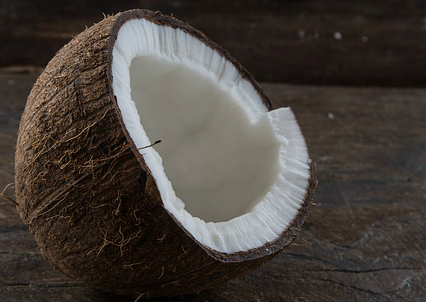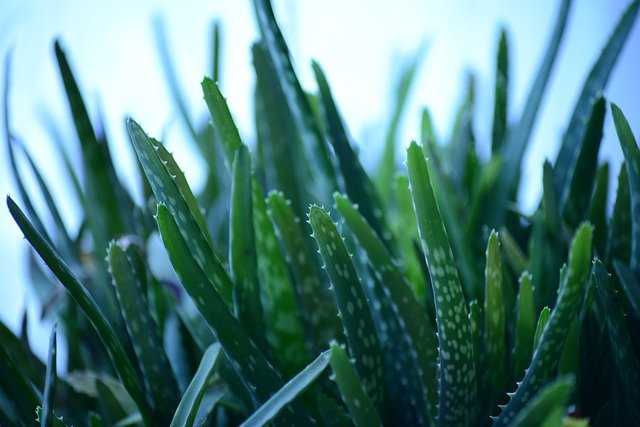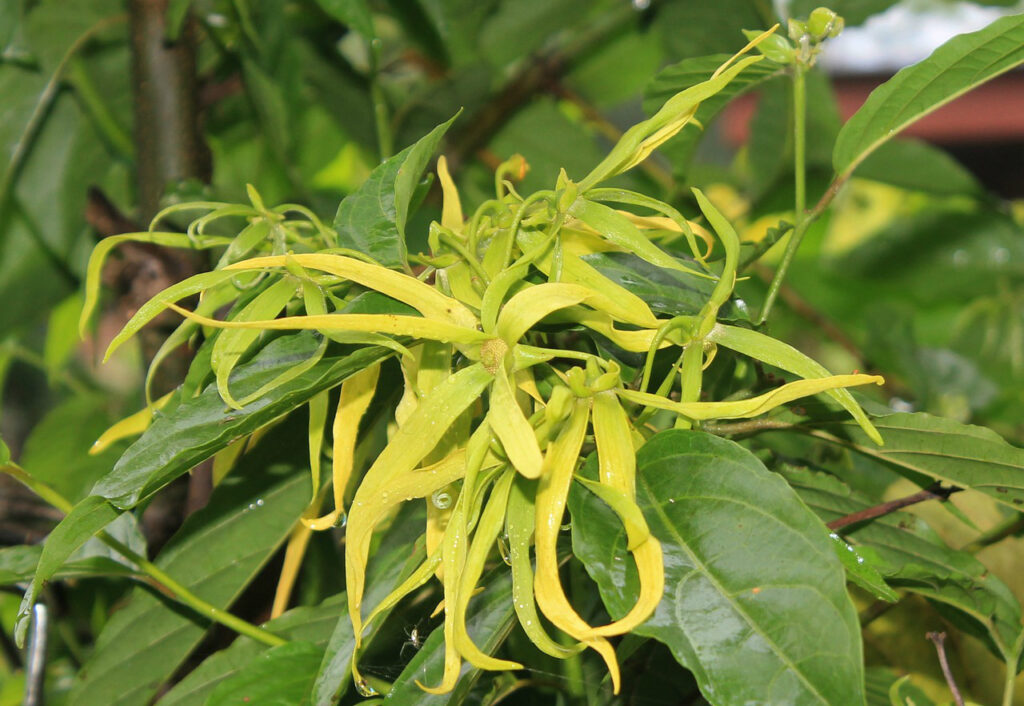Healing Naturally: Lavender Oil for Scars, Sunburn, and Burns
This beautiful purple flower, known for its calming scent, offers far more than fragrance. Lavender has been treasured for centuries in ancient cultures for its soothing aroma, healing potential, and use in natural remedies.
- Lavender Oil for Scars
- Lavender and Coconut Oil Scar Remedy:
- Why This Method Works
- Simple Sunburn Spray/Gel Recipe
- How to Apply
- A Story
- 1. Is lavender oil effective for treating scars?
- 2. Can I apply lavender oil directly to a sunburn?
- 3. How should I apply lavender oil to burns?
- 4. What precautions should I take when using lavender oil for these conditions?
- 5. Can lavender oil help with insect bites or itching?
- 6. Is lavender oil safe to use on children?
- 7. Can I mix lavender oil with other essential oils?
- 8. How long does lavender oil last once opened?
With more than 2,500 years of documented history, lavender remains one of the most versatile and widely used essential oils today.
Lavender Oil for Scars
Scars are a common concern for many people, whether from acne, injuries, or surgery. While no natural remedy can erase scars overnight, lavender essential oil may help support the skin’s natural healing process. Studies suggest that lavender oil encourages new skin cell growth and may help improve the overall appearance of scars over time.
One reason lavender oil is so popular is its mild nature. Many people tolerate it well, even when applied to the skin. However, it is still best to dilute it with a carrier oil, especially if you have sensitive skin. A good guideline is to mix 2 to 3 drops of lavender essential oil with 1 teaspoon (5 mL) of coconut, jojoba, or sweet almond oil before applying.
Avoid applying lavender oil directly to the skin without dilution, as essential oils are highly concentrated and can cause irritation. In addition, some research suggests that lavender oil may increase skin sensitivity to sunlight. For that reason, it should not be used before sun exposure and should always be applied sparingly.
Lavender and Coconut Oil Scar Remedy:

What You Need:
- 15 drops lavender essential oil
- 1/4 cup unrefined virgin coconut oil (60 mL)
- Small saucepan
- Small 2 oz (60 mL) glass jar with lid
Instructions:
- Heat a few inches of water in the saucepan over medium heat until it is hot but not boiling.
- Remove the pan from the heat and place the small glass jar with the coconut oil into the hot water. Be sure no water gets into the jar.
- Allow the coconut oil to melt completely until it becomes a clear liquid.
- Once melted, stir in 15 drops of lavender essential oil and mix well.
- Let the mixture cool to room temperature, then cover with the lid. It will solidify as it cools.
Why This Method Works
Placing the glass jar in hot water rather than heating the oil directly in the pan keeps the mixture clean and prevents contamination from cookware. It also allows the coconut oil to melt gently, avoiding high heat that could damage its natural properties.
This quick recipe takes only a few minutes to prepare and fills your space with a calming lavender scent. You can double the recipe easily if you find yourself using it often.
While this blend may not completely remove scars, it nourishes the skin and promotes a healthy, hydrated appearance. Coconut oil itself is known for its moisturizing and skin-repairing qualities and is sometimes used to help minimize the look of stretch marks.
Apply a small amount to scars once or twice daily, and over time, you may notice a softer texture and a more even tone. Always perform a patch test first to ensure your skin tolerates the blend well.
Lavender Oil for Sunburn
Spending time outdoors can be wonderful until you realize your skin wasn’t fully protected. It’s never a good feeling when the redness and sting of a sunburn begin to set in. While there are many natural ways to soothe sunburned skin, some people prefer the comforting scent and gentle nature of lavender.
Lavender essential oil is often used to calm and cool the skin after sun exposure. Its light, floral aroma makes it a pleasant alternative to stronger-smelling remedies and can help promote relaxation as your skin heals.
Simple Sunburn Spray/Gel Recipe

What You Need:
- 1/2 cup aloe vera gel or pure aloe juice (120 mL)
- 12 drops lavender essential oil
- Small spray bottle (optional)
Instructions:
Combine the aloe and lavender essential oil in a clean container and mix well. If you use aloe juice, pour the blend into a spray bottle for an easy mist-on option. If you prefer aloe gel, store it in a small jar for a thicker, more soothing version. Both forms offer the same calming and cooling benefits.
Aloe helps hydrate and restore sun-damaged skin, while lavender adds a light, relaxing scent and supports the skin’s natural recovery process. Together, they make a refreshing and gentle remedy for sunburn relief.
How to Apply
Use the spray for quick, touch-free comfort. It’s perfect for those first few hours when your skin feels extra sensitive and you don’t want to rub anything on it.
The gel works best in the evening before bed. Its thicker texture stays on the skin longer, and the soothing lavender aroma promotes rest and relaxation. By bedtime, your sunburn should already feel a little calmer and less tender.
While sunburn usually isn’t very serious, WebMD suggests you should seek medical assistance if you experience any of the symptoms below:
- A sunburn that forms blisters, covers a large area, or is very painful
- Facial swelling
- Fever and chills
- Upset stomach
- Headache, confusion, or faintness
- Signs of dehydration
Lavender Oil for Burns
We’ve already explored several wonderful uses for this soothing oil, and another common one is caring for minor burns. Lavender essential oil is known for its natural antimicrobial and calming properties, which may help support the skin’s healing process after mild burns.
Many people use diluted lavender oil to ease discomfort and help keep the affected area clean as it recovers. While it’s not a replacement for medical treatment, it can be a gentle addition to your first-aid routine for small kitchen or household burns.
Also, in my research, I came across an article that mentioned how over 100 studies have been conducted establishing lavender’s antimicrobial properties.
A Story
Those of you more familiar with essential oil history may know the story of René-Maurice Gattefossé, a French chemist often credited with coining the term aromatherapy. His experience with lavender oil began after a laboratory explosion left his hands severely burned.
Here’s how he described the event in his own words:
“The external application of small quantities of essences rapidly stops the spread of gangrenous sores. In my personal experience, after a laboratory explosion covered me with burning substances, which I extinguished by rolling on a grassy lawn, both my hands were covered with a rapidly developing gas gangrene. Just one rinse with lavender essence stopped “the gasification of the tissue.” This treatment was followed by profuse sweating, and healing began the next day (July 1910).” – Gattefossé R-M, Tisserand RB (ed.) 1993 Gattefossé’s aromatherapy: the first book on aromatherapy. CW Daniel, Saffron Walden, p 87
While Gattefossé’s account (even if embellished in retellings) is a fascinating piece of history, it’s crucial to separate this dramatic anecdote from safe, modern-day use.
His story sparked decades of research, but thankfully, most of us won’t be in lab explosions anytime soon. Instead, this guide focuses on the practical, safe, and effective ways lavender can support your skin’s healing from common, everyday issues like scars, sunburns, and minor household burns.
- Therefore, do not use lavender oil to treat second or third-degree burns. In those cases, you’ll want to seek medical assistance immediately. However, for less serious and simple burns, lavender oil can be very useful.
- For simple burns, use the aloe vera gel or spray recipe we mentioned above. For smaller quantities, you can just halve the recipe for the same results.
As an alternative to the aloe recipe, you can mix your lavender essential oil with honey instead (manuka is best). For a small batch of ointment for spot treatments on your burns, I’d recommend eight drops of lavender oil for every two tablespoons of honey. For a larger batch of this mixture, just double it accordingly.
Before you put anything on your burn, run cold water over it for 10 minutes to prevent the heat from penetrating deeper into the skin tissue.
Essential oils, like lavender oil, are natural and potent tools for your skincare regimen. Remember to make informed decisions and do your research when it comes to choosing and using these products. Enjoy the wonderful benefits of lavender oil on your journey toward a more natural lifestyle.
Lavender Oil for Skin: FAQs
Lavender oil is one of the most versatile oils you can keep in your home. With proper use and care, it can bring natural comfort to your daily wellness routine, whether you are soothing a sunburn, calming irritation, or simply enjoying its relaxing scent.
1. Is lavender oil effective for treating scars?
Lavender oil may help reduce the appearance of scars over time. It supports skin cell regeneration and helps improve texture as the skin heals. For deeper scars, consult a dermatologist or healthcare professional for personalized guidance.
2. Can I apply lavender oil directly to a sunburn?
Lavender oil should always be diluted before use on sunburned skin. It has natural cooling and soothing properties that can help calm mild redness and discomfort. Avoid applying it to severely burned or blistered areas, as this could worsen irritation. Use a carrier oil such as coconut, jojoba, or aloe vera gel for safe dilution.
3. How should I apply lavender oil to burns?
Always dilute lavender oil with a carrier oil like coconut or almond before applying it to the skin. This ensures gentler contact while still providing its healing benefits. Apply the blend lightly with a cotton pad or clean fingertip, avoiding any open wounds or broken skin.
4. What precautions should I take when using lavender oil for these conditions?
Perform a patch test before your first use to check for sensitivity. Always dilute lavender oil before applying it to your skin, particularly in delicate areas. Keep it away from your eyes and mouth, and consult a professional if you are pregnant, breastfeeding, or managing a health condition.
5. Can lavender oil help with insect bites or itching?
Yes, diluted lavender oil can help calm mild itching or irritation from insect bites. Its soothing and anti-inflammatory properties may reduce redness and discomfort. Apply a small amount of a diluted mixture directly to the affected area for quick relief.
6. Is lavender oil safe to use on children?
Lavender oil is generally considered one of the gentler essential oils, but it should always be diluted more heavily for children. Use about one drop of lavender per two teaspoons (10 mL) of carrier oil. Avoid use on infants under three months old and always check with your pediatrician before regular use.
7. Can I mix lavender oil with other essential oils?
Yes. Lavender blends well with oils such as tea tree, chamomile, frankincense, and peppermint. Combining it with other oils can enhance its soothing, calming, or refreshing effects, depending on your goal. Always research proper dilution ratios before mixing.
8. How long does lavender oil last once opened?
When stored in a cool, dark place away from sunlight and heat, lavender essential oil typically lasts three to four years. Keep the bottle tightly sealed after each use to preserve its potency and aroma.


